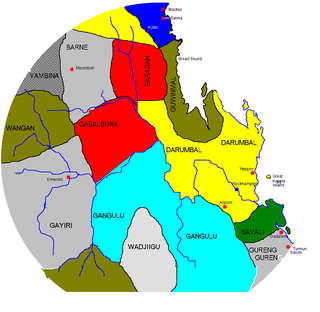Carl Friedrich Theodor Strehlow was an anthropologist, and genealogist that served on two Lutheran missions in inland Australia from May 1892 to October 1922, a total of thirty years. He was at the first mission station, Killalpaninna, from 1892 to 1894, and the second, Hermannsburg, eighty miles west of Alice Springs, from 1894 to 1922, first as teacher and, from 1901 onwards, manager, and it is for his work here that he is mostly known today. Strehlow was ably assisted and supported by his wife Friederike Johanna Henriette Keysser, who played the central role in reducing the high infant mortality which threatened Aboriginal communities all over Australia after the onset of white settlement. It is probable that Hermannsburg was the only Mission in Australia at the start of the twentieth century where the population was growing through natural increase. As a polymath with an interest in natural history, through his Aranda informants Strehlow provided plant and animal specimens to museums in Germany and Australia, a number of which first came to scientific notice through his collecting. This was the outcome of his collaboration with Moritz, Baron von Leonhardi of Gross Karben in Hessen, Germany, who also suggested he write his monumental anthropological work Die Aranda- und Loritja-Stämme in Zentral-Australien. With Leonhardi as editor this work became the first publication of the newly founded Städtisches Völkermuseum of Frankfurt am Main, appearing in eight parts between 1907 and 1920. Strehlow sent what was said to be the best collection in the world of Aboriginal artefacts – both sacred and secular – to Frankfurt, unfortunately largely destroyed in the bombing of the city in World War Two, though some fine pieces remain. Due to Leonhardi's sudden death in 1910, Strehlow's linguistic researches intended as part of Die Aranda- und Loritja-Stämme were never published, though used in manuscript form by his son Theodor George Henry Strehlow and later Hermannsburg missionaries. Strehlow also collaborated on the pioneering first complete translation of the New Testament into an Aboriginal language (Dieri), published by the British and Foreign Bible Society in 1897, and he later translated the New Testament into Aranda, parts of which were published after his death. He also produced a reader and service book in the latter language. Falling ill with dropsy in September 1922, he tried to reach a doctor but died at Horseshoe Bend halfway between Alice Springs and Oodnadatta, leaving Frieda and fourteen-year-old son Theodor to continue south to Adelaide without him. Professor TGH Strehlow, who is better known than Carl, built his scholarly career in part on the researches carried out by his father.







